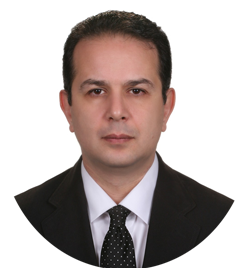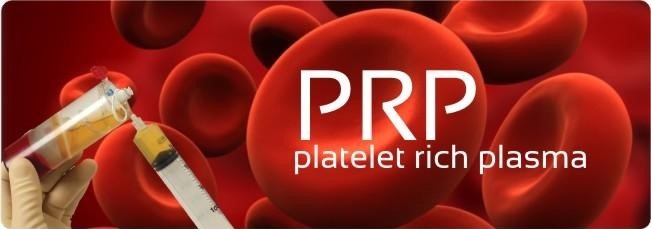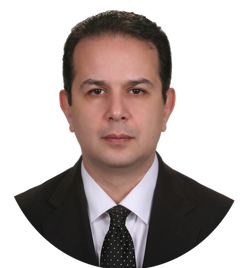What is PRP : Platelet-rich plasma (PRP) is a relatively new non-surgical method that reduces tissue damage and make tissue repair by stimulating and improving the body’s natural healing mechanism in musculoskeletal organs. This technique is nowadays used to treat musculoskeletal, osteoarthritis, tendonitis, ligament stretching and tearing and sports injuries and return to normal exercise with minimal discomfort and pain.
PRP injections can have long-term therapeutic results for the individual and can be a permanent way of improving the body’s natural healing process and lasting longer than traditional pain relief techniques.
تیترهای مهم این مقاله
What is platelet-rich plasma (PRP) ?
Platelet-rich plasma, abbreviated as PRP, is actually platelet cell that is separated from other parts of the blood by centrifugation. The main function of platelets in the blood is to coagulate, but in platelets there are cellular growth factors that allow tissue repair and accelerate the process of healing after injury in the treated areas.The scope of this technique is increasing day by day. Initially PRP was used for muscle repair but over time it has been used in other organs and areas such as the spine,joints, skin and soft tissue types.
PRP function :
Normal human blood is made up of 93% red blood cells, 6% white blood cells, and 1% platelets. Platelets, in addition to their anticoagulant role, are one of the important components in the process of repairing tissue damage. In the first stage, tissue damage begins with the movement of the plasma toward the tissue repair process. In order to maximize this process, platelets needed for this treatment need to be concentrated and separated from the red blood cells. The goal is to inject platelet-rich plasma to maximize the number of platelets and minimize the number of red blood cells in damaged or painful tissue that can stimulate and accelerate the body’s normal healing process.
PRP Indication :
PRP has the greatest effect in the treatment of chronic sprain or strain of the ligaments and tendons when other conservative therapies do not have appropriate therapeutic efficacy for treatment and resolution. Common PRP Usage Cases:
Muscle injuries
Tendon injuries
Osteoarthritis of joints
Nerve impingement syndromes such as carpal tunnel syndrome
Preparation and injection of PRP:
One week prior to PRP preparation, aspirin and NSAIDS medications should be discontinued. The whole blood process takes about 45 minutes. About 30-40 cc of blood is taken from the patient in sterile conditions and placed in a centrifuge. It rotates the blood at high speeds to separate red blood cells from its plasma. When these cells are separated, platelet-rich plasma is obtained that is ready for injection, then the product is injected into the site in a simple manner using either radiology or ultrasound.
In general, PRP injection is not painful. However, the patient’s discomfort in these conditions depends on the area being injected. In these situations, injections into the joints can cause minimal discomfort. Sometimes the patient experiences a small amount of pain after treatment, but the pain lasts only a few days and can be controlled with painkillers such as acetaminophen. During this time, it is necessary for the patient to refrain from taking non-steroidal anti-inflammatory drugs (Brufen, Celecoxib, etc.) as these medications may hamper the patient’s recovery process.
The benefits of treatment with platelet-rich plasma injection are that, unlike other therapies, this treatment has tremendous long-term results. The length of time it takes to see the results of this treatment depends on the area of injury and the extent of the injury. On average, most people will see improvement in their condition as pain relief or performance improvement within four to six weeks of treatment completion. The patient can help with the recovery process by continuing the physiotherapy program and avoiding strenuous activities or by not putting too much pressure on the damaged tissues in the weeks following the injection. This way the tissue healing process will be at its best.







